Smart Thermostats: Maximizing Comfort and Efficiency
Smart Thermostats: Maximizing Comfort and Efficiency

Welcome to Roman's Service Cooling & Heating's blog on smart thermostats. In today's fast-paced world, technology has revolutionized the way we live our lives, and that includes the way we manage our home's heating and cooling systems. Smart thermostats are at the forefront of this revolution, offering homeowners a range of benefits, from increased energy efficiency to personalized comfort settings.
In this article, we will explore:
- What smart thermostats are and how they work
- Their benefits
- Different types
- Factors to consider when choosing one
- Installation and setup
- Common troubleshooting issues
Whether you're a tech-savvy homeowner or simply looking for ways to optimize your home's heating and cooling systems, this article will provide you with all the information you need to make an informed decision about incorporating a smart thermostat into your home. So, let's get started!
What Are Smart Thermostats?
Smart thermostats are advanced temperature control devices that utilize home automation and smart home technology to provide precise climate control.
They can adjust the indoor temperature based on the homeowner's preferences and schedule, optimizing energy usage and reducing utility costs. Smart thermostats can also be integrated with other smart home devices, allowing users to control the climate of their home remotely through their smartphones or voice-activated assistants. These devices often have learning capabilities, adapting to the household's habits and making automatic adjustments to maintain a comfortable environment.
Smart thermostats offer convenience, energy efficiency, and improved comfort through their innovative features and seamless integration with home automation systems.
How Do Smart Thermostats Work?
Smart thermostats work by interfacing with the HVAC system to optimize energy efficiency and automate climate management within a home or commercial environment.
They achieve this by utilizing advanced sensors and algorithms to monitor and adjust temperature settings based on occupancy patterns and external weather conditions. This not only reduces energy consumption but also ensures that the indoor environment remains comfortable and conducive to productivity.
Smart thermostats can be programmed remotely via mobile apps, allowing users to customize schedules and make real-time adjustments, further enhancing the overall efficiency and convenience of the HVAC system.
What Are the Benefits of Using a Smart Thermostat?
Using a smart thermostat offers numerous benefits, including:
- Energy savings
- Remote access and control
- Seamless integration with other smart home devices and HVAC services
By optimizing heating and cooling patterns based on your daily routines, a smart thermostat can significantly reduce energy consumption, leading to cost savings and a lower environmental impact. With remote access, you can adjust the temperature from anywhere using a smartphone or tablet, ensuring optimal comfort and efficiency. The compatibility with smart home devices allows for easy integration with voice assistants, making the management of your home's climate seamless and convenient.
Increased Energy Efficiency
The use of smart thermostats contributes to increased energy efficiency, promoting environmental comfort, and enabling effective energy management and conservation.
Smart thermostats regulate heating and cooling systems with precision, optimizing energy usage based on occupancy and outdoor conditions. This not only reduces energy consumption but also creates a more comfortable indoor environment by maintaining consistent temperatures.
By analyzing usage patterns, smart thermostats can further enhance energy management, learning user preferences and adjusting settings automatically to maximize energy conservation without compromising comfort.
Cost Savings
Smart thermostats facilitate cost savings by optimizing home energy management and integrating energy-saving devices, contributing to sustainable living practices.
These devices allow homeowners to remotely control the temperature of their homes and create personalized heating and cooling schedules, reducing energy consumption and utility costs. Smart thermostats can integrate with other smart home devices, such as lighting and appliances, to further enhance energy efficiency and sustainability.
This seamless integration of energy-saving technologies not only benefits the environment but also provides long-term financial savings for households.
Remote Access and Control
Smart thermostats offer the convenience of remote access and control, seamlessly integrating with smart home devices and providing enhanced HVAC installation and control capabilities.
These advanced thermostats can be easily adjusted from anywhere using a smartphone, tablet, or computer, allowing users to maintain optimal comfort and energy efficiency. They can sync with other smart devices such as lighting and security systems, fostering a more streamlined and automated home environment.
Their impact extends to HVAC systems, as they enable precise temperature management, resulting in potential energy savings and prolonged equipment lifespan.
Personalized Comfort Settings
Smart thermostats enable personalized comfort settings, enhancing indoor and home comfort while contributing to the efficient operation of HVAC systems and reducing the need for frequent HVAC repair.
These advanced devices continually learn the user's preferences and adjust the temperature accordingly, ensuring that the home environment is always set to the ideal comfort level. By doing so, they optimize energy usage, leading to cost savings and reduced strain on the HVAC system.
Smart thermostats provide remote access, allowing homeowners to control the temperature from anywhere, further enhancing convenience and comfort while minimizing the need for unnecessary HVAC repairs.
Integration with Other Smart Home Devices
Smart thermostats seamlessly integrate with other smart home devices, enhancing overall HVAC technology and contributing to the implementation of smart HVAC solutions.
These advanced thermostats can communicate with smart HVAC systems, allowing for seamless control and optimization of heating and cooling. By integrating with sensors, they can learn user preferences, adjust temperatures automatically, and even detect when occupants are present in a room.
Smart thermostats can sync with voice assistants, enabling users to conveniently adjust settings with simple voice commands. This level of integration fosters a more efficient and comfortable living environment, while also contributing to energy savings and sustainability.
What Are the Different Types of Smart Thermostats?
Smart thermostats encompass various types, including:
- Programmable thermostats, which allow users to set temperature schedules according to their daily routines, enabling energy savings.
- Learning thermostats, which adapt to users' preferences over time, adjusting temperature settings based on usage patterns.
- Geofencing thermostats, which utilize location-based technology to automatically adjust the HVAC system when users leave or return home, optimizing comfort and energy efficiency.
Programmable Thermostats
Programmable thermostats enable precise climate control and support efficient HVAC maintenance through customizable thermostat settings, contributing to enhanced indoor comfort and energy savings.
These advanced thermostats allow users to schedule temperature adjustments based on their daily routine, thus optimizing energy usage. With the ability to set different temperatures for different times of the day, programmable thermostats help reduce energy wastage and lower utility bills. They can also be remotely controlled and monitored, offering convenience and flexibility.
By maintaining consistent indoor temperatures and reducing strain on the HVAC system, programmable thermostats prolong the lifespan of heating and cooling equipment, ultimately leading to cost savings and reduced environmental impact.
Learning Thermostats
Learning thermostats utilize smart heating technology to optimize HVAC upgrades and regulate energy usage based on user behavior, contributing to improved energy efficiency and indoor comfort.
They are designed to learn the user's patterns and adjust heating and cooling settings accordingly, leading to significant energy savings over time. By integrating with smartphones and other devices, these thermostats offer remote control and advanced scheduling capabilities, allowing users to manage their home's temperature more efficiently. They provide insights into energy consumption patterns, empowering users to make informed decisions regarding their HVAC usage.
Learning thermostats play a crucial role in promoting sustainability and cost-effectiveness in residential and commercial settings.
Geofencing Thermostats
Geofencing thermostats optimize home temperature control by utilizing advanced HVAC technology, reducing the need for frequent HVAC repair and maintenance while ensuring energy-efficient operation.
These innovative thermostats use geolocation to track when occupants are leaving or approaching the home, allowing them to adjust the temperature accordingly. This not only enhances comfort but also helps in minimizing the wear and tear on the HVAC system, resulting in reduced maintenance costs.
Geofencing thermostats contribute to energy conservation by ensuring that the heating or cooling system operates at optimal levels only when necessary, thereby reducing utility bills and environmental impact.
What Factors Should Be Considered When Choosing a Smart Thermostat?
When selecting a smart thermostat, several crucial factors should be considered, including its compatibility with the existing HVAC system, features and functionality, and user-friendliness, along with the assistance of a qualified HVAC specialist.
Compatibility with the HVAC system ensures seamless integration and optimal performance, while user-friendly features such as intuitive interfaces and remote access can enhance convenience and energy savings. Seeking guidance from HVAC specialists can provide valuable insights into compatibility issues and installation requirements, ultimately leading to a well-informed decision.
It's important to also consider additional features like energy usage reports, learning capabilities, and integration with smart home platforms for a more comprehensive smart thermostat experience.
Compatibility with HVAC System
The compatibility of a smart thermostat with the existing HVAC system is a critical consideration for both residential and commercial HVAC applications, ensuring seamless integration and optimal performance.
By integrating a smart thermostat with the HVAC system, users can remotely control and monitor their heating and cooling settings, leading to energy savings and enhanced comfort. This compatibility enables automated scheduling, adaptive learning, and energy usage insights, providing efficient climate control and reducing utility costs.
In commercial settings, the integration of smart thermostats optimizes HVAC operations, improving energy management and environmental sustainability. It allows for centralized control and monitoring of multiple HVAC units, enhancing overall system efficiency and reducing maintenance expenses.
Features and Functionality
Evaluating the features and functionality of smart thermostats is crucial for leveraging advanced HVAC technology and optimizing HVAC system efficiency, ensuring effective climate control and energy management.
It is through a comprehensive analysis of the smart thermostat's capabilities that users can harness the full potential of their HVAC systems. Understanding the intuitive programming, energy-saving modes, and remote access features allows for seamless integration with modern living and sustainable energy practices.
By integrating these smart devices, individuals can achieve personalized comfort while reducing energy consumption and minimizing environmental impact. Embracing smart thermostat technology is a significant step towards creating smarter, more efficient homes and building a more sustainable future."
User-Friendliness
The user-friendliness of smart thermostats is essential for seamless indoor air quality management and efficient HVAC automation, ensuring a convenient and comfortable experience for users.
By allowing users to easily set and control the temperature, smart thermostats play a critical role in maintaining a healthy indoor environment. Their intuitive interfaces and remote access features empower users to adjust settings from anywhere, promoting energy efficiency and personalized comfort. By automating temperature adjustments based on occupants' schedules and the outdoor climate, smart thermostats optimize HVAC operations, leading to improved air quality and reduced energy consumption.
Cost
The cost of a smart thermostat should be evaluated in correlation with potential savings on HVAC repair and the efficiency enabled by energy-saving devices, ensuring a balanced cost-benefit analysis.
By considering the initial investment in a smart thermostat, homeowners can anticipate reduced energy bills and potential savings on HVAC system repairs over time. The integration of energy-saving devices, such as smart vents and air purifiers, can further contribute to overall efficiency and cost savings.
It's important to factor in the long-term benefits of improved energy management and the potential reduction in wear and tear on HVAC systems, which can lead to lower repair costs in the future.
How Can a Smart Thermostat Be Installed and Set Up?
The installation and setup of a smart thermostat involve integrating it with the existing HVAC system and configuring its compatibility with smart home devices for comprehensive climate management.
First, it is essential to choose a smart thermostat that is compatible with your HVAC system. Once selected, the installation process typically requires turning off the power to the HVAC system, removing the old thermostat, and mounting the new one. After that, the thermostat needs to be connected to the WiFi network for remote access and control. Then, the user can customize the settings through a dedicated app, allowing for temperature adjustments, scheduling, and integration with other smart home devices for enhanced automation and energy efficiency.
What Are Some Common Troubleshooting Issues with Smart Thermostats?
Common troubleshooting issues with smart thermostats may include challenges related to HVAC technology integration, indoor climate control, and HVAC system control, requiring systematic resolution approaches.
One common problem encountered by users is difficulty in connecting the smart thermostat to the HVAC system, which can result in inconsistent temperatures and reduced energy savings. Another issue is the unresponsive nature of the thermostat, often related to connectivity issues with the home Wi-Fi network. Improper sensor placement can lead to inaccurate temperature readings and ineffective climate control. These challenges can be addressed through thorough troubleshooting, software updates, and ensuring proper installation and placement of the smart thermostat.
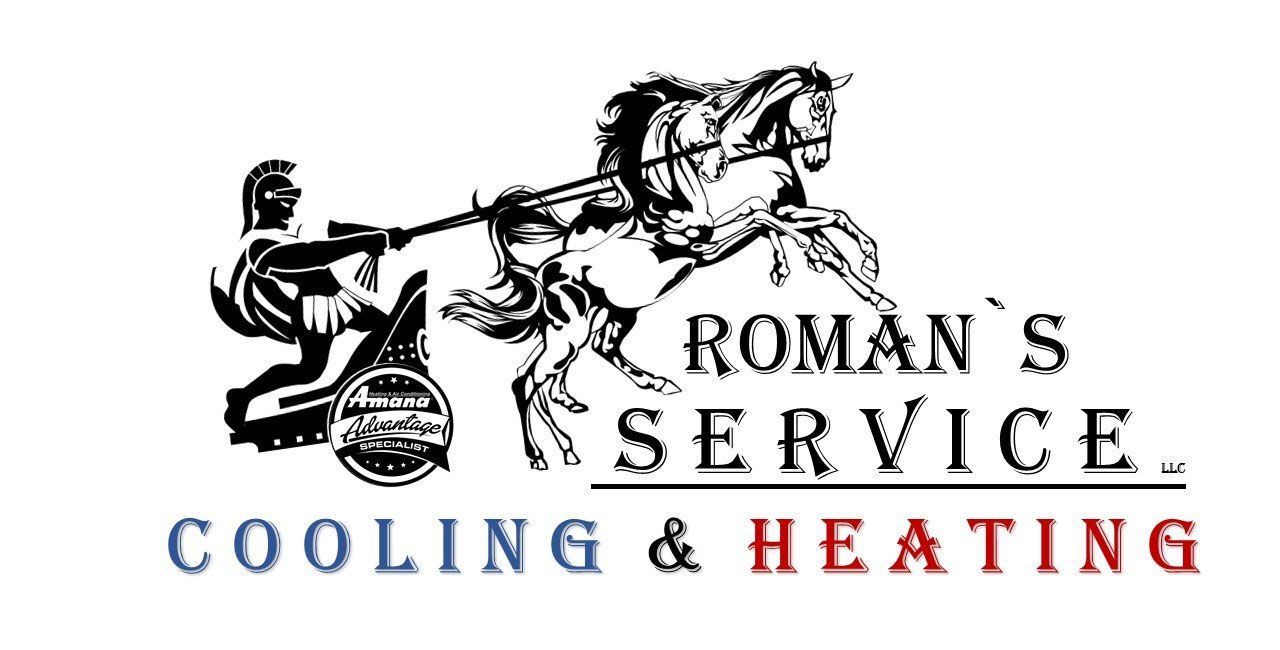
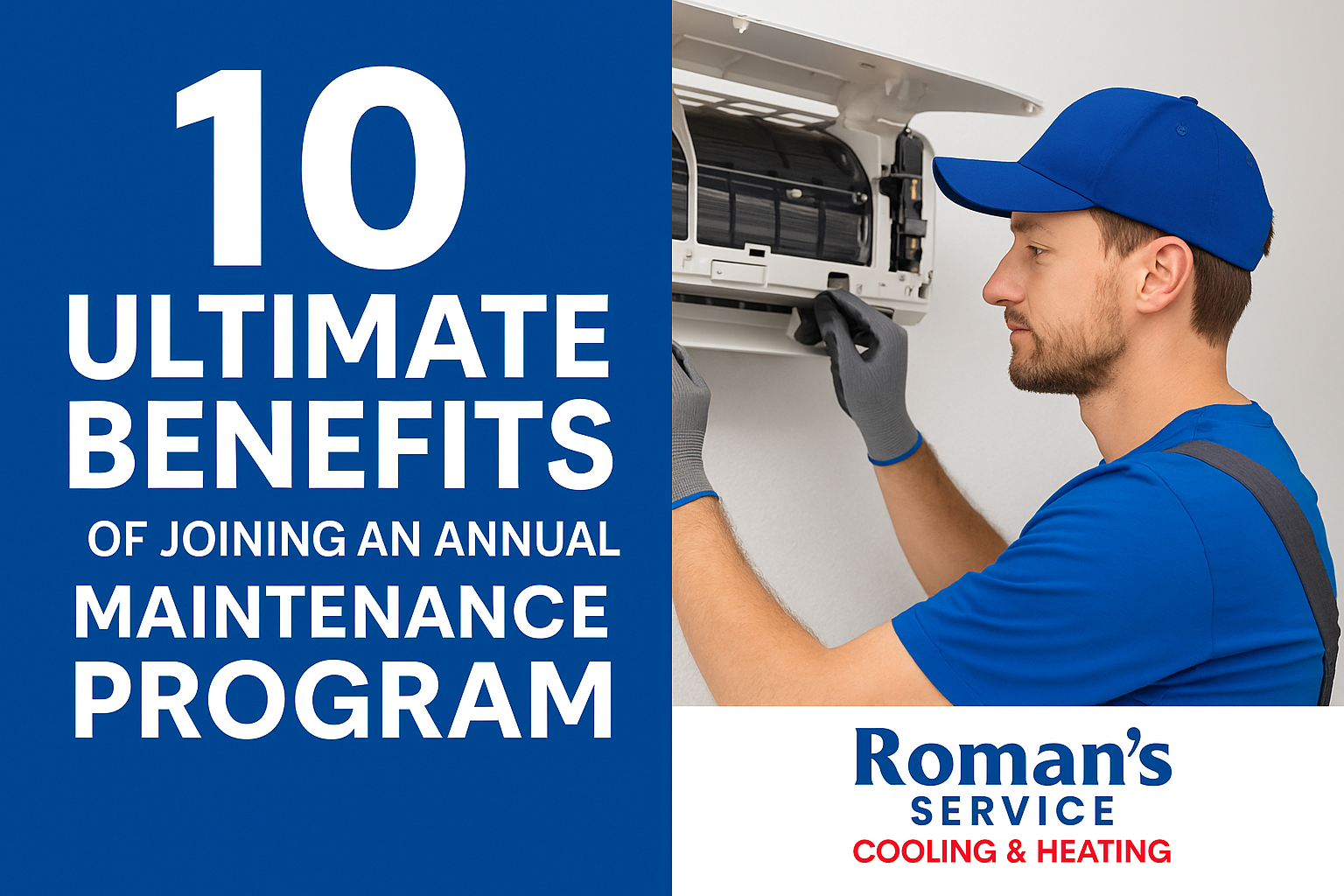
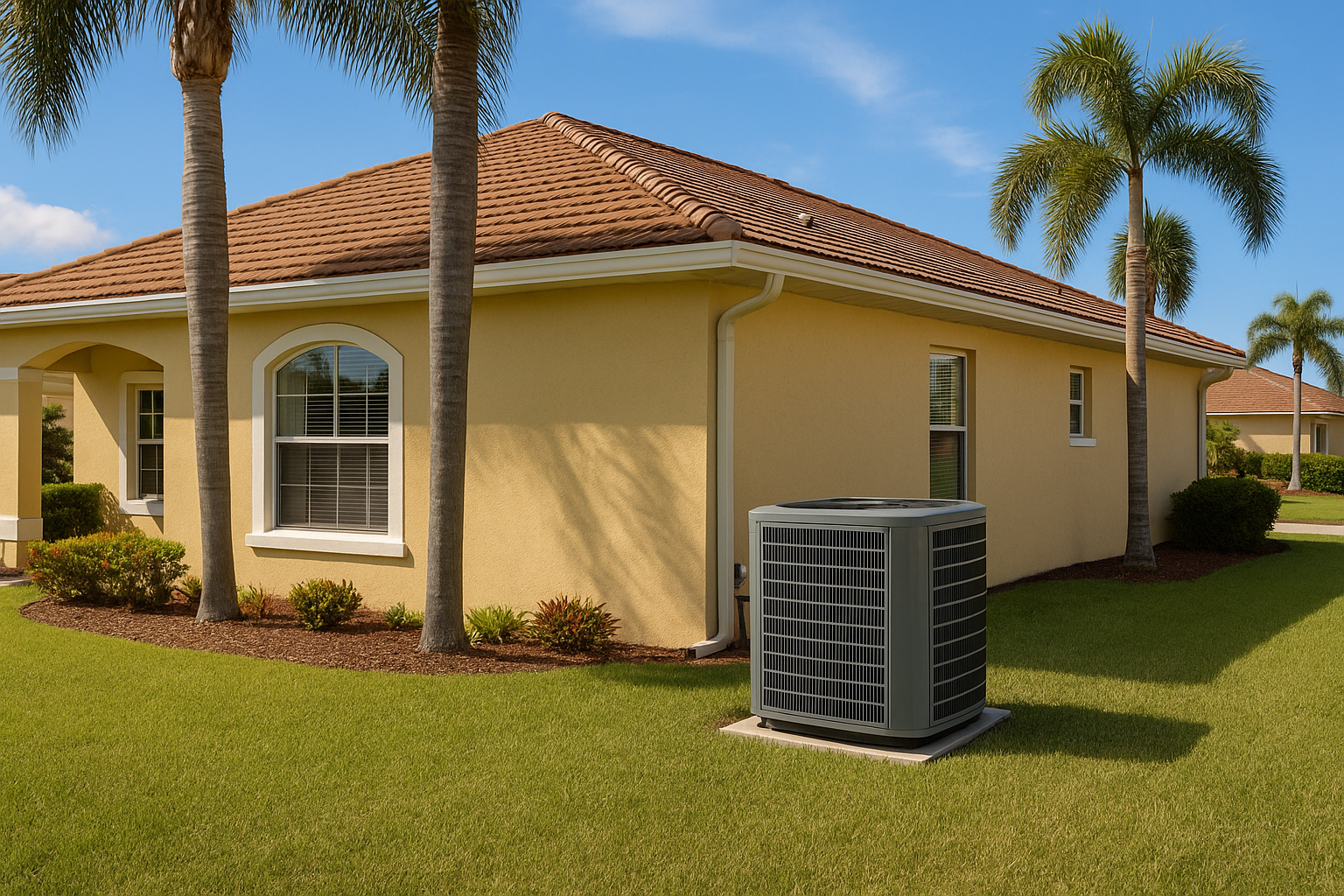


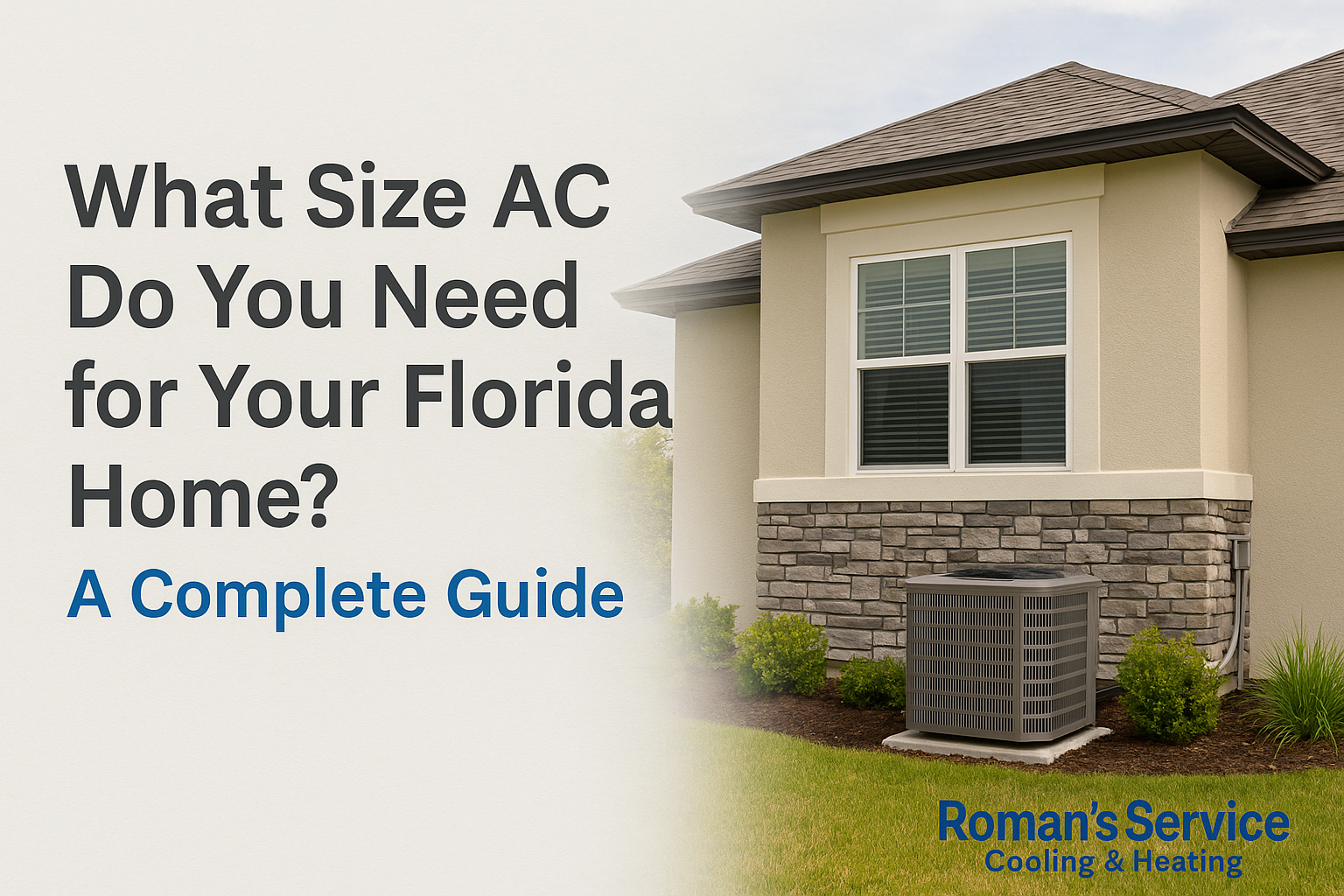
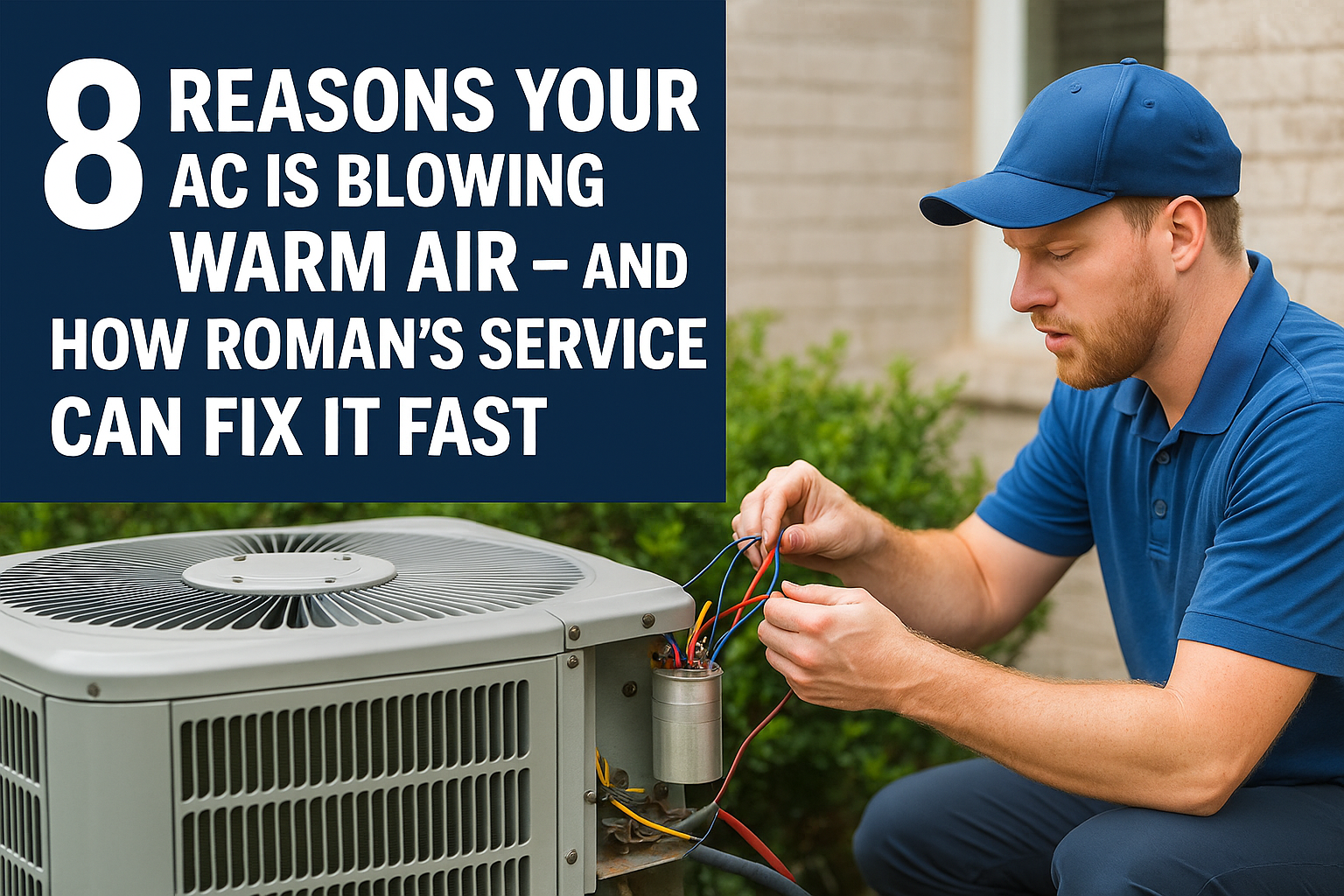
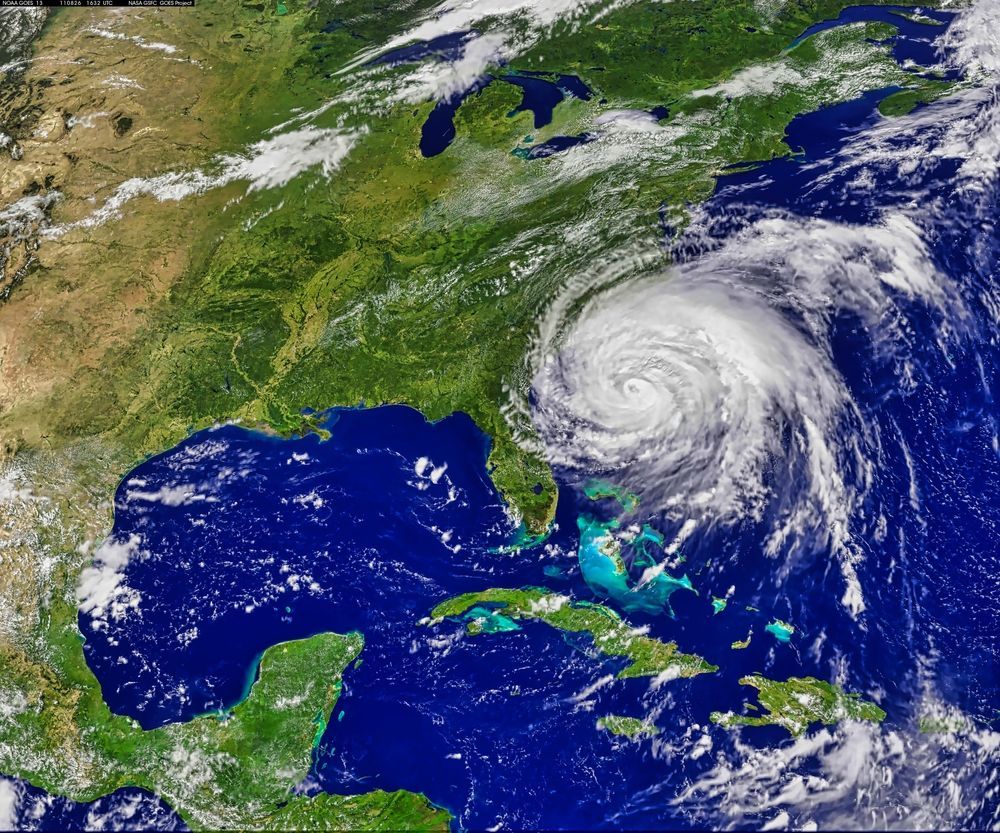
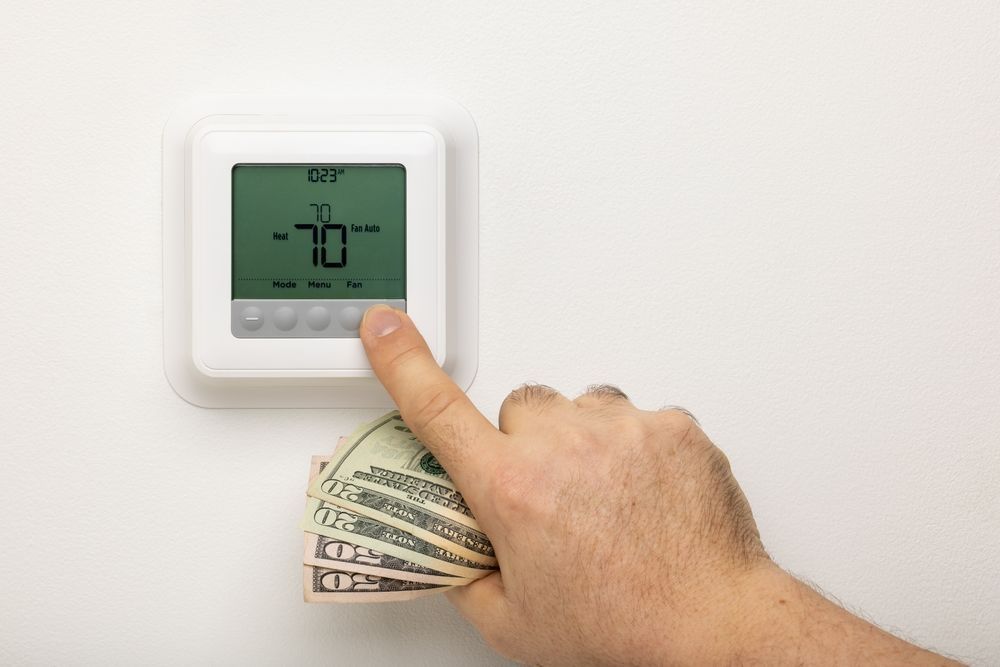
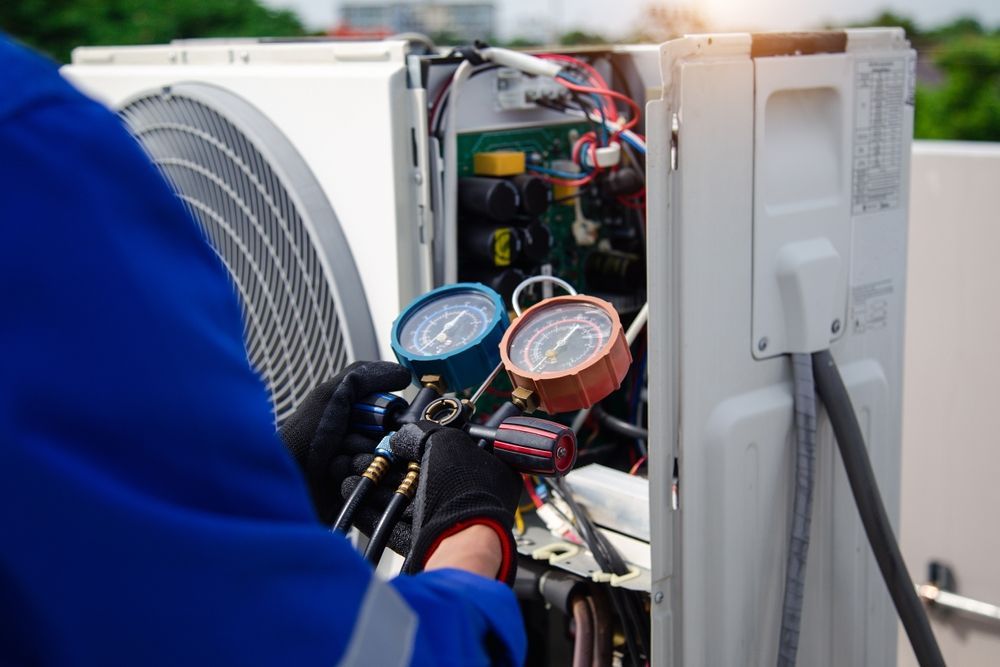
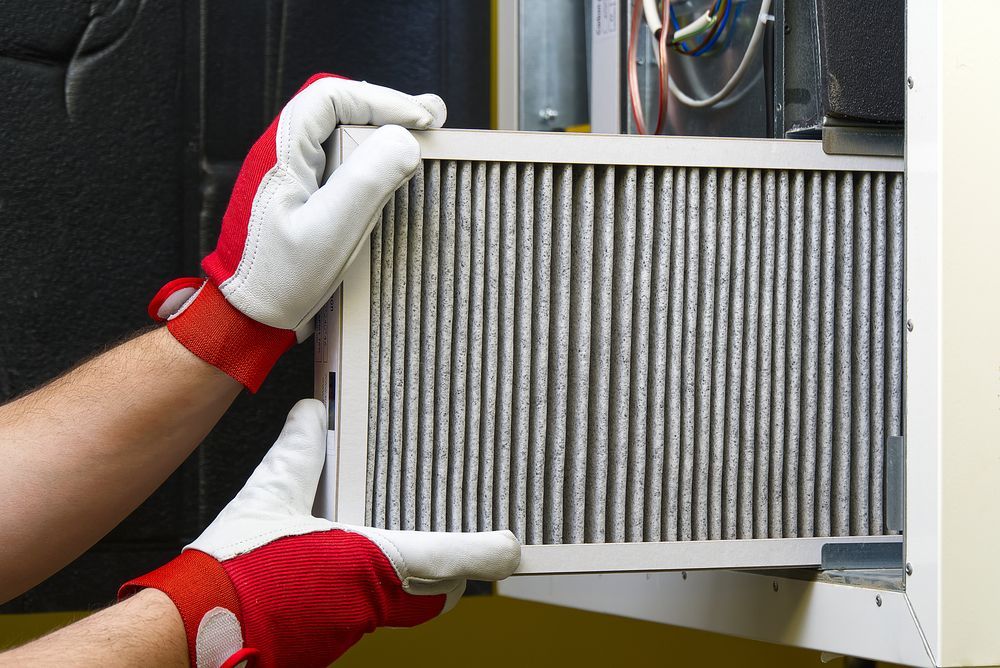
Share On: